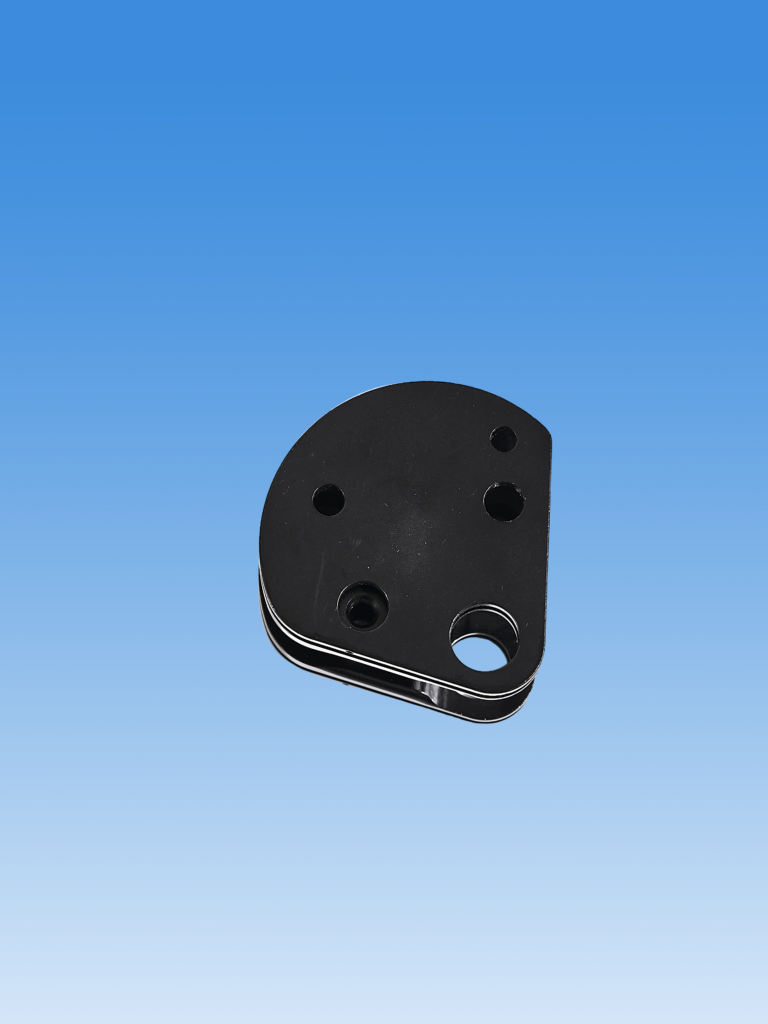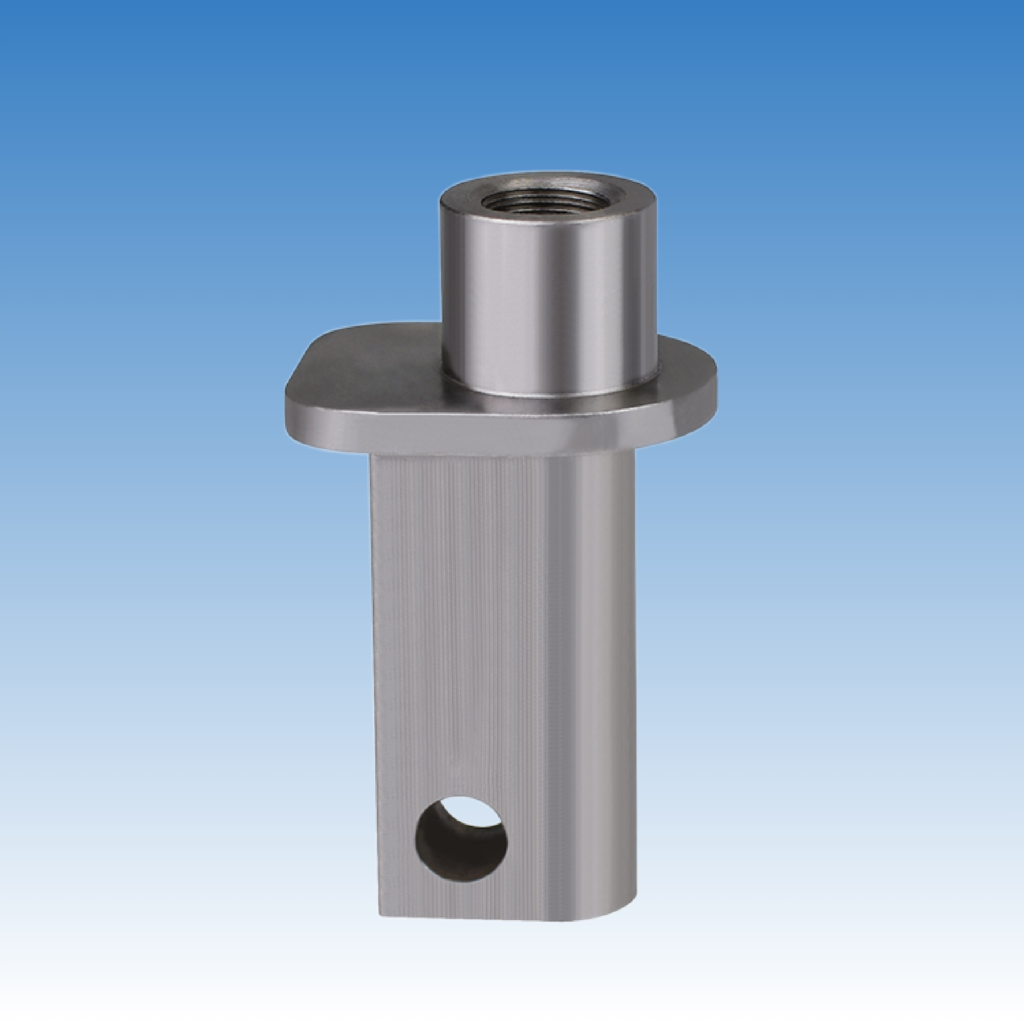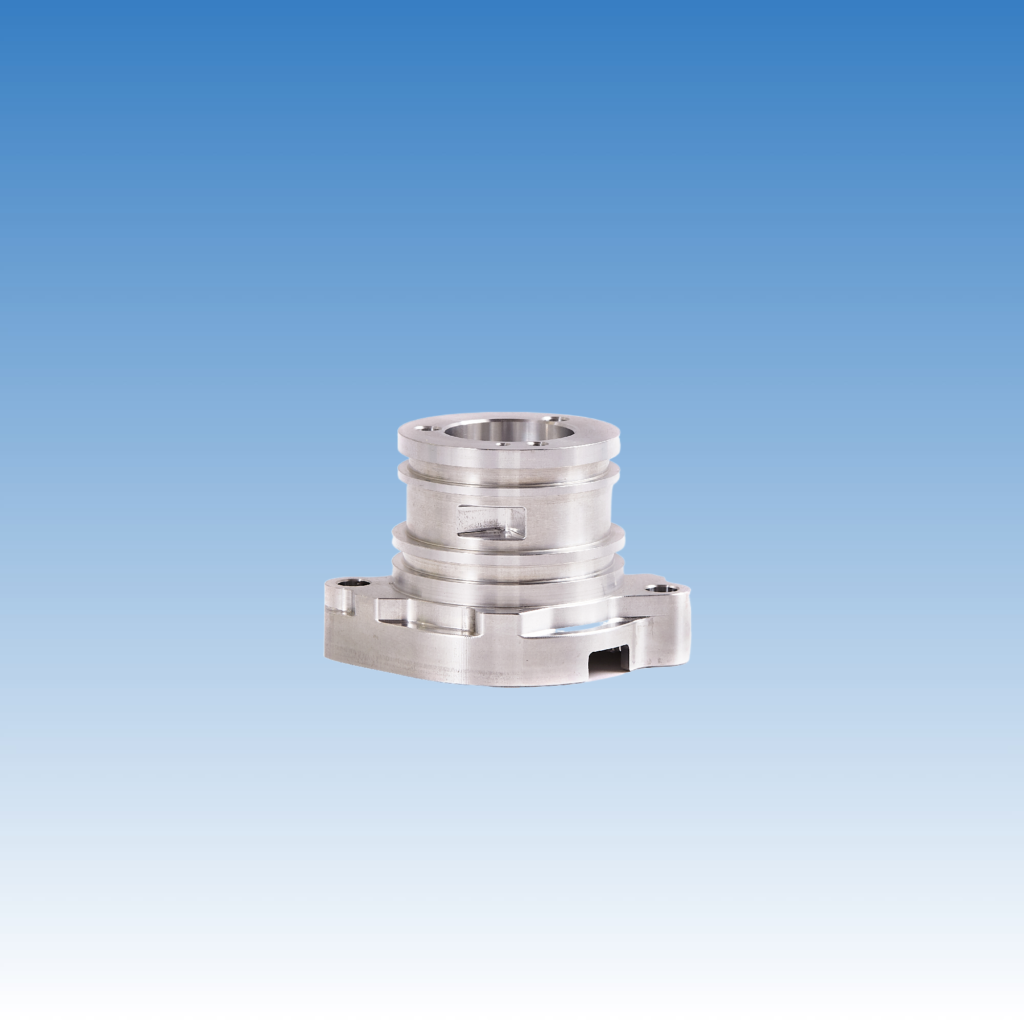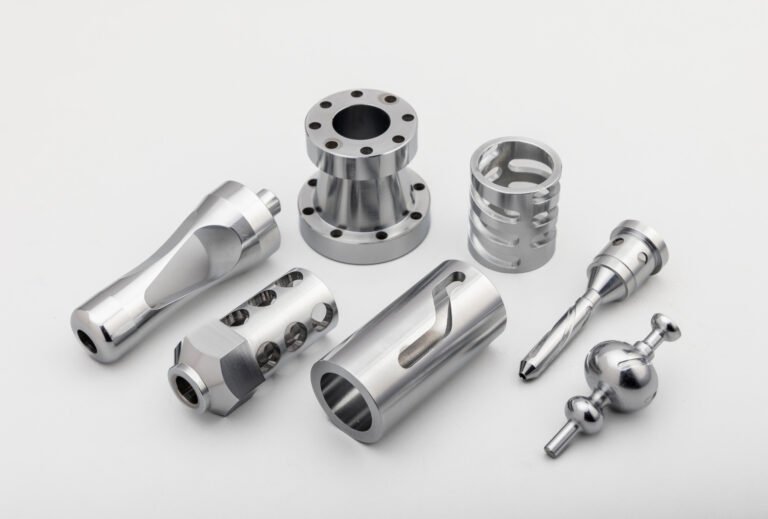Hardness testing can be confusing—especially when each method claims to be the best. But which one is truly right for your needs?
The Rockwell, Vickers, and Brinell hardness tests each have strengths, weaknesses, and ideal use cases depending on material type, structure, and accuracy needs.

Choosing the right hardness testing method matters more than many realize. Pick the wrong one, and you risk inconsistent results or even misleading data. I’ve seen too many customers delay their projects because they relied on the wrong testing standard. Let’s break down each method and make things clearer for you.
What are the advantages of Rockwell hardness test compared to various hardness test?
Many manufacturers use Rockwell because it’s fast and simple. But does that make it the best?
The Rockwell test offers faster results, easier operation, and does not require optical equipment, making it ideal for high-volume and production-line testing.

The Rockwell method works by measuring the depth of an indentation made by a steel or carbide ball or cone. It calculates hardness from how deep the indenter goes into the material under a set load. There’s no need to examine the indent visually with a microscope. That speeds things up.
It’s great for shop floor environments where speed and repeatability matter more than microscopic precision. You just set the scale, press the button, and you get a number. And because the depth measurement is automated, human error is low. It’s also good for both soft and hard metals.
Here’s a breakdown:
| Feature | Rockwell | Brinell | Vickers |
|---|---|---|---|
| Test speed | Fast | Slow | Medium |
| Equipment complexity | Low | Medium | High |
| Operator skill required | Low | Medium | High |
| Ideal material type | Metals | Non-homogeneous | Thin/coated |
| Indentation type | Depth-based | Surface imprint | Optical micro-imprint |
| Conversion to other scales | Easy | Moderate | Easy |
For most CNC parts, especially mass-produced ones, Rockwell is often the default. I recommend it if your materials are consistent and you need throughput.
Why is the Brinell hardness tester better than the Rockwell on non homogenous materials such as cast iron?
Not all metals are equal. Especially when internal structure varies, like in cast iron. That’s where Brinell shines.
The Brinell test averages hardness over a large indentation area, making it more reliable for rough, uneven, or non-homogeneous materials like castings.

Cast iron isn’t uniform. It has graphite flakes or nodules that create uneven hardness across the part. A Rockwell test, which measures a small depth at one point, can give wildly different results depending on where it lands. Brinell avoids this by using a 10mm steel ball and a high load—usually 500kg to 3000kg—which makes a large, shallow indentation.
That wide imprint smooths out the peaks and valleys in the material structure. So the result is more representative of the whole surface, not just a single grain or impurity.
When I worked with a client in Germany sourcing brake caliper housings, they were using Rockwell at first. Their readings were inconsistent. We switched them to Brinell, and suddenly the data made sense. The parts passed quality checks that were failing before, even though the material hadn’t changed.
| Test Feature | Rockwell | Brinell |
|---|---|---|
| Indentation size | Small | Large |
| Best for | Uniform metals | Rough/heterogeneous parts |
| Sample prep required | Minimal | May need polishing |
| Accuracy on cast iron | Low | High |
If you're testing cast components, forgings, or parts with coarse grain structure, Brinell gives you more useful and honest data.
Which hardness test is more accurate?
Accuracy sounds simple—but it depends on what you mean by it: repeatability or absolute precision?
The Vickers test is the most accurate in terms of precision and detail, especially for thin materials or coatings.

The Vickers test uses a diamond-shaped pyramid indenter and applies a tiny load—sometimes as little as 10 grams. It’s highly sensitive and precise. You then measure the diagonal of the square-shaped indent under a microscope.
This makes it perfect for micro-hardness testing. Think thin sheet metal, surface treatments, or coatings. You can even test individual phases in a metal structure.
However, it needs good sample prep and trained operators. It’s not ideal for mass production unless accuracy outweighs speed.
For one of our aerospace clients in Europe, we use Vickers to test titanium components after heat treatment. The surface changes in hardness by microns. Rockwell would miss those. Vickers picks them up clearly.
| Feature | Vickers | Rockwell | Brinell |
|---|---|---|---|
| Precision | High | Medium | Low |
| Repeatability | High | High | Medium |
| Sensitivity to microstructure | Very High | Low | Medium |
| Suitability for coatings | Excellent | Poor | Not suitable |
If you’re in aerospace, medical, or electronics, Vickers is worth the cost and training. It’s not just accurate—it’s insightful.
What are the disadvantages of Rockwell Hardness Test?
Every method has a downside. Rockwell is fast—but it's not perfect.
Rockwell can give inconsistent results on uneven surfaces, small parts, or heterogeneous materials, and it lacks the depth of analysis offered by optical methods.

Rockwell depends on precise depth measurement. That works well on flat, clean, uniform surfaces. But any tilt, dirt, or variation in material structure can skew the result. It also isn’t good for very small or very thin parts, because the test load might deform the entire sample.
Another problem is that you can’t “see” the indentation easily. With Vickers or Brinell, you can examine the mark to understand more about material grain or cracks. Rockwell is blind—it just gives a number. If that number looks wrong, you often don’t know why.
I once had a Swiss customer test small stainless steel bushings. The Rockwell indent was deeper than the part thickness, making the test meaningless. We switched to Vickers, and it solved the issue.
| Rockwell Limitations | Details |
|---|---|
| Surface prep sensitivity | Needs flat, clean surfaces |
| Material limitations | Poor for thin, coated, or heterogeneous materials |
| Lack of visual insight | No optical feedback on indent or material behavior |
| Small part testing | Risk of over-penetration or sample movement |
| Not for coatings | Too blunt for surface treatments or microstructures |
If your parts vary in size, shape, or texture, or you need more than just a number, then Rockwell might not be your best option.
Conclusion
Each hardness test serves a different need—Rockwell for speed, Brinell for averaging, Vickers for precision. Choose based on your part’s material and purpose.


